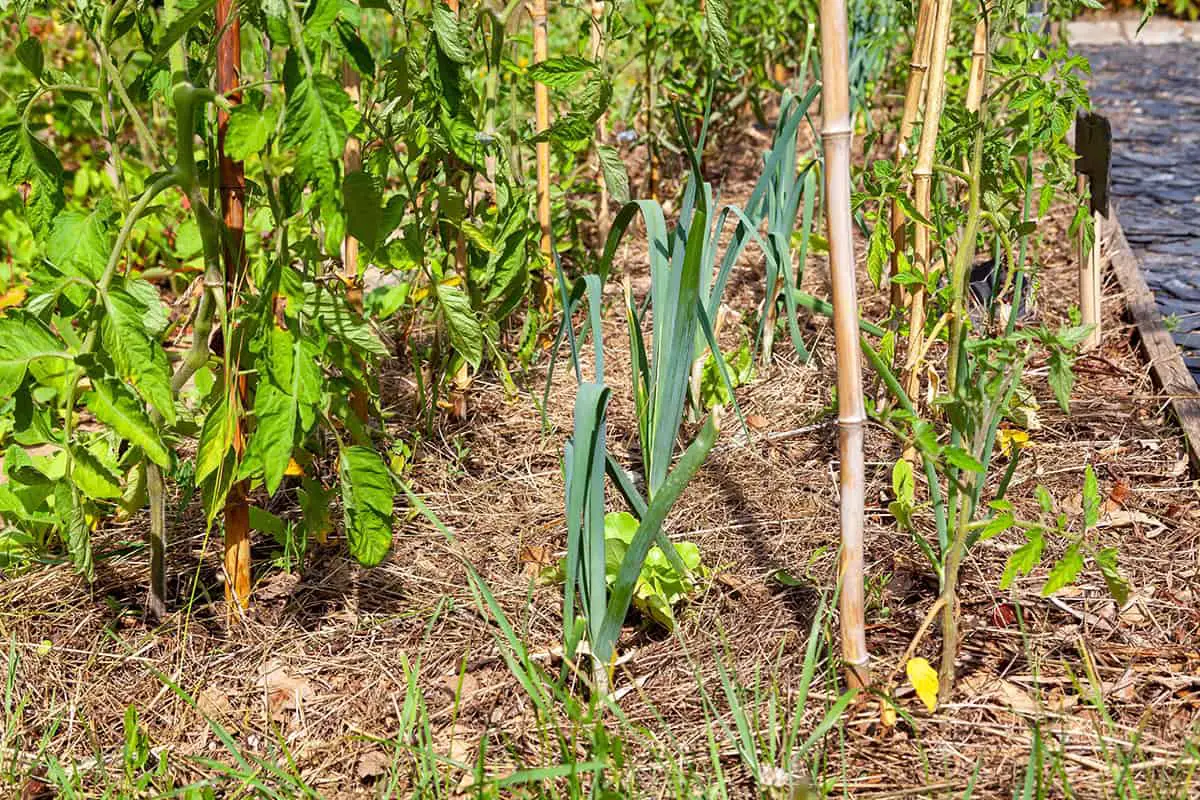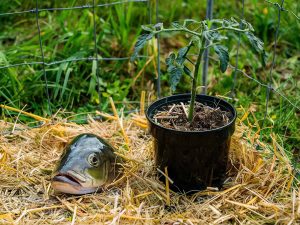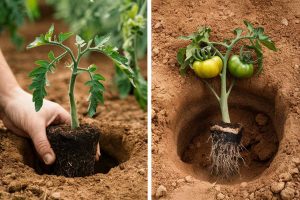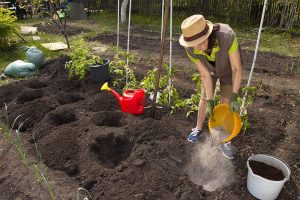You’re setting up your vegetable garden, excited to plant your tomatoes, when you recall that certain companion plants can boost their growth. Intercropping with the right plants can enhance your tomatoes’ health, deter pests, and improve soil fertility. Learn which plants pair best with tomatoes to optimize your garden’s potential and enjoy a more bountiful harvest.
Table of Contents
What Is Intercropping?
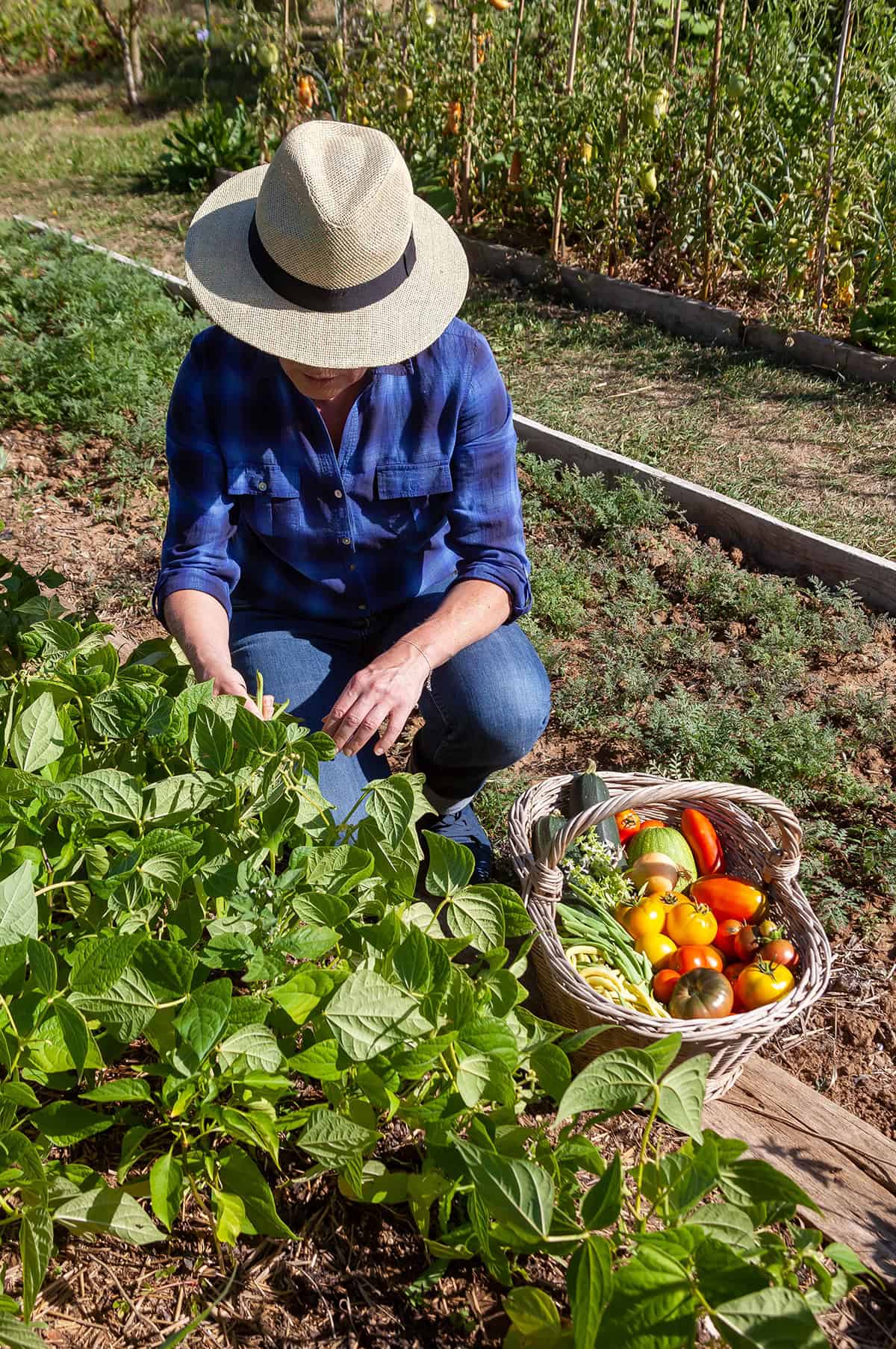
Intercropping involves cultivating multiple crops together in the same field, creating a mutually beneficial environment. This method can enhance pest control and improve soil health by adding essential nutrients.
There are several types of intercropping. In mixed intercropping, crops are grown together without a distinct row arrangement. In row intercropping, crops are arranged in alternating rows. You might also see strip intercropping, where crops are grown in strips wide enough to prevent competition but close enough to reap the benefits.
Effective intercropping requires considering growth cycles, plant compatibility, and space allocation to ensure crops do not compete for resources.
Intercropping reduces the need for fertilizers and pesticides, making farming systems more sustainable and environmentally friendly.
Combining multiple crops in a single field enhances resource utilization, boosting both productivity and profitability. Intercropping results in better use of available resources, contributing to a more resilient and diverse garden.
Plants That Intercrop With Tomatoes
Intercropping with tomatoes can benefit your garden by deterring pests, improving yields, and promoting healthy growth. The right companion plants provide support in various ways, from pest control to enhancing flavor.
Basil

Basil is a classic companion for tomatoes. It shares similar water and light requirements. Basil helps repel pests like mosquitoes and flies. Some gardeners claim that tomatoes taste better when grown with basil. Additionally, basil attracts beneficial insects that can aid tomato plants.
Marigolds
Marigolds are excellent for pest control when planted near tomatoes. They release a substance that repels nematodes. Marigolds also attract beneficial insects such as ladybugs and predatory beetles, which can remove harmful pests from your garden.
Garlic
Garlic can benefit tomatoes by deterring red spider mites. It also repels aphids, which can damage tomato plants. Growing garlic near tomatoes can improve their health and yield. The strong smell of garlic helps keep many pests away.
Carrots

Carrots grow well next to tomatoes because they occupy different soil levels. Carrots benefit from the natural shade provided by tomato plants. This pairing allows for efficient use of space without competition for nutrients.
Lettuce
Lettuce can be intercropped with tomatoes to utilize the space below the tomato canopy. It grows well in the partial shade provided by tomato plants. Lettuce is a cool-season crop, making it a good match for the heat-loving tomatoes.
Chives
Chives repel aphids, slugs, and snails from tomato plants. They can also improve the health of tomatoes by attracting pollinators like bees. Chives are easy to grow and require minimal space, making them an excellent companion plant.
Onions

Onions help deter pests such as aphids and Japanese beetles. They do not compete heavily with tomato plants for nutrients. Onions can be harvested early, providing room for the tomatoes to expand. They make efficient use of garden space.
Parsley
Parsley attracts hoverflies and tachinid flies, which prey on pests harmful to tomatoes. It’s a biennial herb that works well with tomatoes. Parsley also improves soil moisture retention around the root zone of tomatoes.
Spinach

Spinach grows well in the shade of taller tomato plants. It helps retain soil moisture and prevents weeds. Spinach and tomatoes do not compete for nutrients, making them an ideal pairing for intercropping.
Borage
Borage is known to improve the growth and flavor of tomatoes. It deters tomato hornworms and attracts bees for pollination. Borage also enriches the soil with trace minerals, benefiting the tomato plants.
Mint
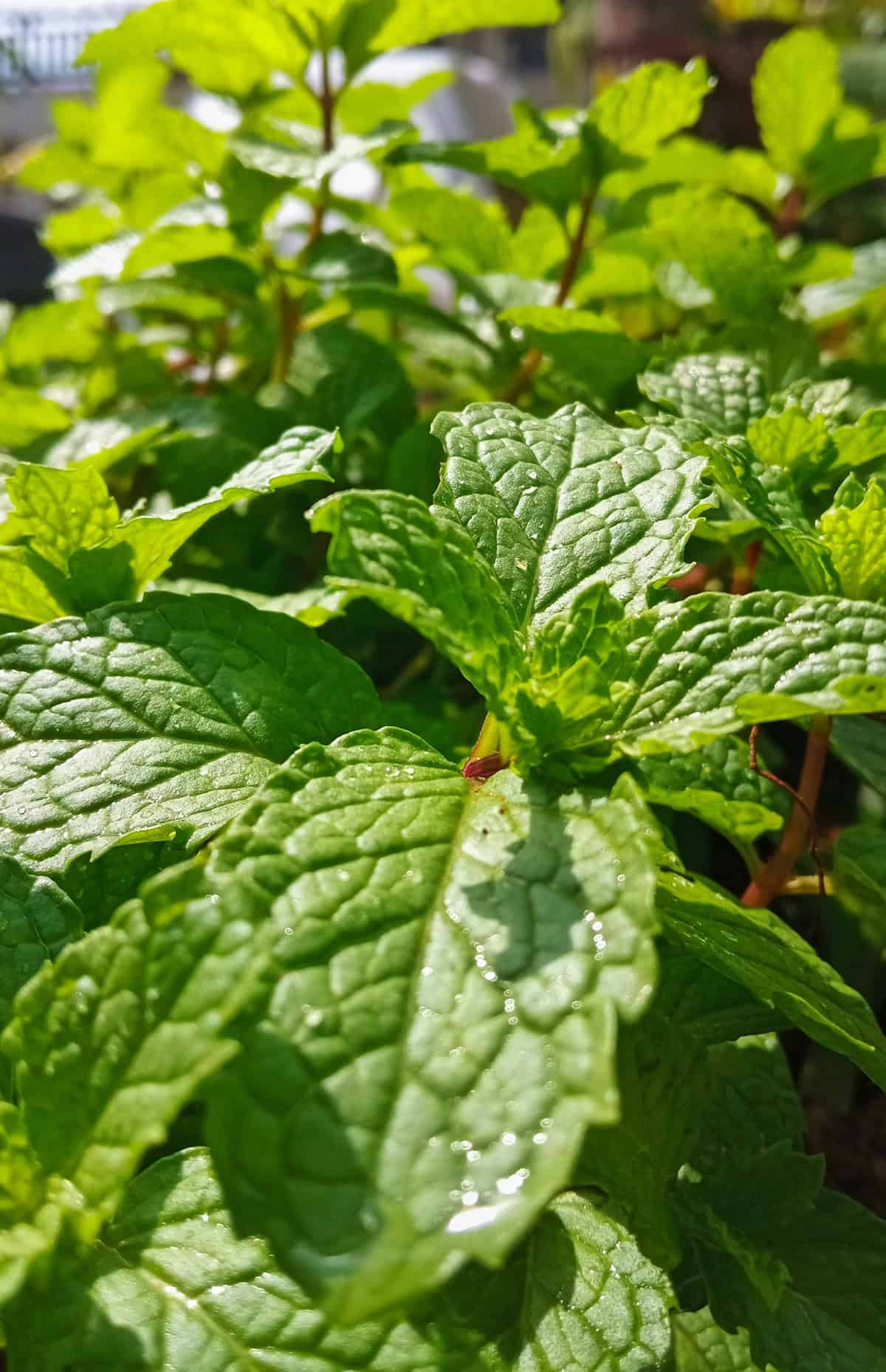
Mint can deter pests like aphids and whiteflies from tomato plants. It is invasive, so it must be controlled to prevent it from overtaking the garden. Use containers to segregate mint from the rest of your plants.
Nasturtiums
Nasturtiums act as trap crops, attracting pests away from tomatoes. They repel whiteflies, squash bugs, and aphids. Nasturtiums also attract predatory insects that control pests, benefiting the nearby tomato plants.
Peppers
Peppers share similar growing needs with tomatoes, and they can be intercropped efficiently. They are susceptible to similar pests and diseases, so they should be monitored closely.
Cucumbers
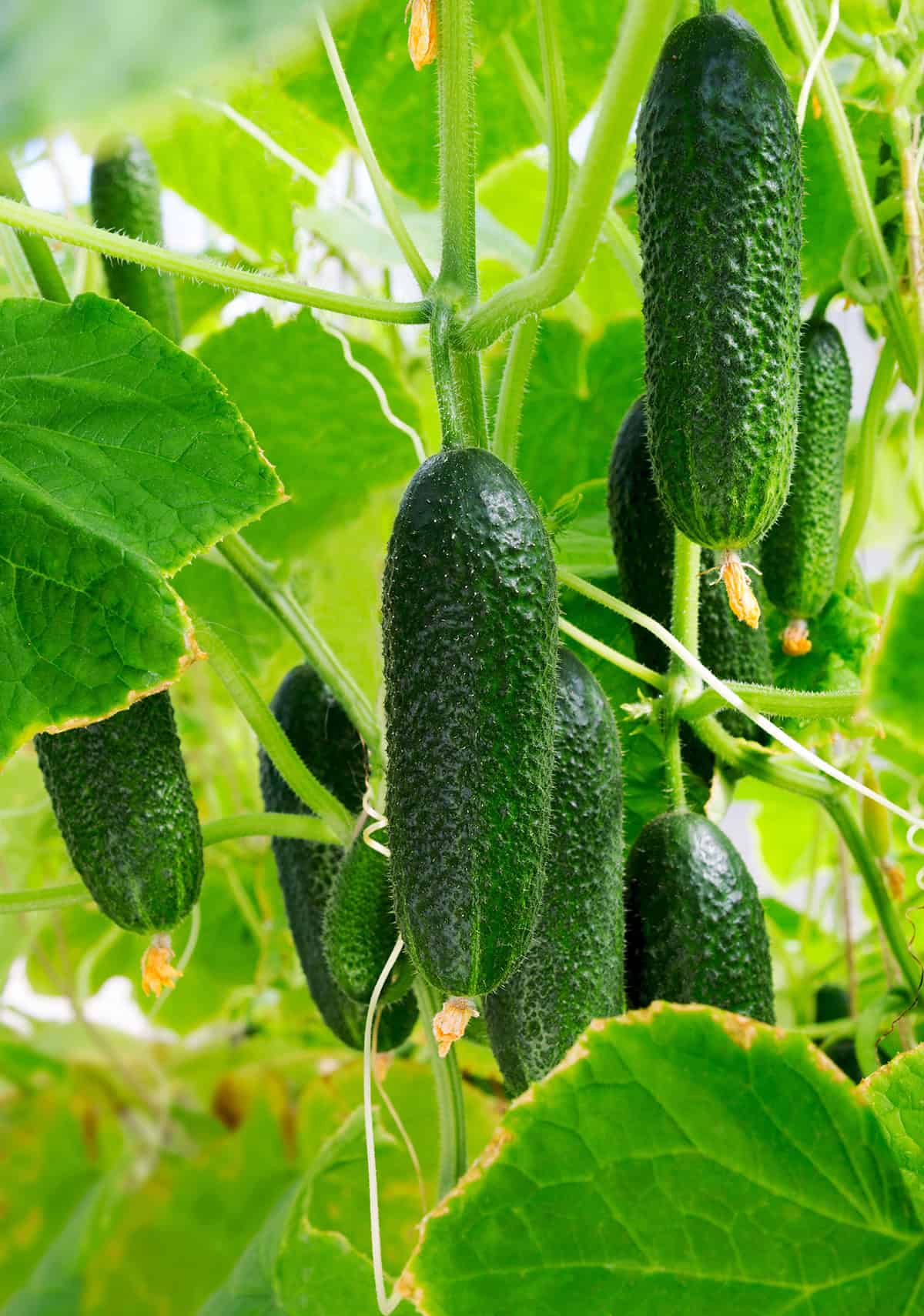
Cucumbers and tomatoes can be grown together if there is enough space. Cucumbers can benefit from the partial shade provided by tomato plants.
Asparagus
Asparagus and tomatoes help each other by repelling pests. Tomatoes deter asparagus beetles, while asparagus repels nematodes harmful to tomato plants. This makes them a beneficial combination in the garden.
Beans
Beans fix nitrogen in the soil, which benefits tomatoes. They also provide ground cover, reducing weed growth. Climbing beans can make use of the space around tomato plants effectively.
Cilantro

Cilantro attracts beneficial insects that prey on tomato pests. It can help maintain a healthy garden ecosystem. It is a short-lived annual, so multiple plantings may be necessary.
Celery
Celery helps to deter pests, including whiteflies and aphids, from tomatoes. It can enhance the flavor of tomatoes when grown together. Provide adequate water to both plants to ensure healthy growth.
Dill

Dill attracts beneficial insects such as ladybugs and predatory wasps. These insects help control pests like aphids. Dill is also believed to improve the growth of tomatoes when intercropped.
Cabbage
Cabbage can work well with tomatoes if you manage them properly. Both plants can deter certain pests. Ensure that both have enough space and nutrients. Larger cabbages can compete with tomatoes.
